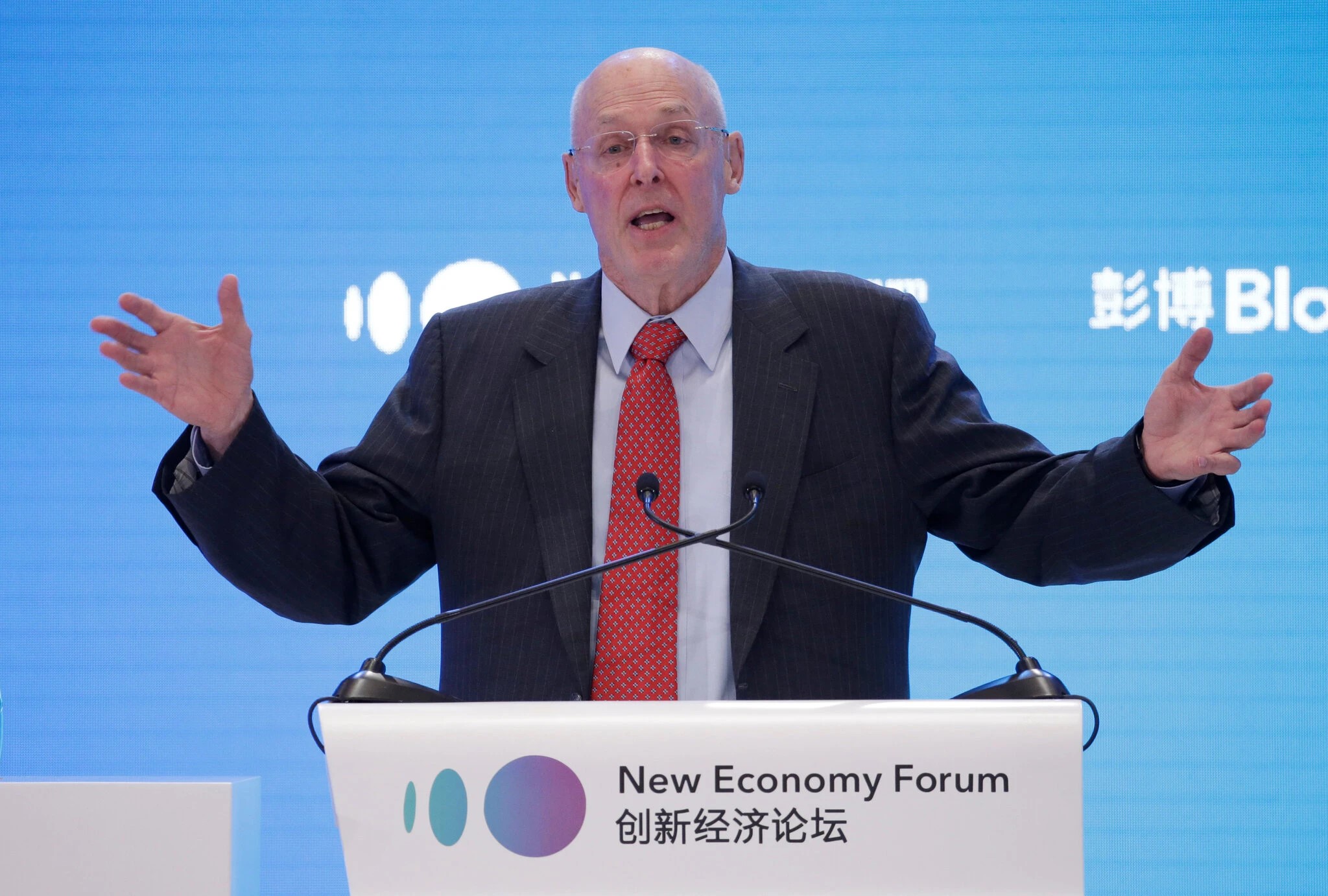By: Wayne Grohl
August 12, 2013
With recent announcements by the White House reinvigorating solar energy goals through the Department of Energy’s SunShot initiative, the costs of solar are expected to continue their trend downwards to eventually meet those of conventionally generated electricity.
The most recent initiative makes it a goal for solar to get there by the end of this decade.
These goals don’t come only from government offices. Laboratories too are leading the way: technological advances are also helping along the trend, as silicon may be able to be replaced as the main ingredient in solar panel construction. A recent discovery that a light-absorbing material known for a century may work in solar panels and dramatically increase their efficiency has the industry talking. Thanks to the combined developments, the cost per watt of solar-generated electricity may fall to the 10-20 cents per watt range where fossil fuel-generated electricity resides.
All that said, the opportunity for commercial space users to take advantage of these new technologies and for commercial landlords to convert their properties into energy-producing ones remains mired in the financial barriers and customs of an industry that views (and pays for) property improvements for multi-tenant buildings in very specific ways. To answer the question of how the costs and benefits of solar improvements are apportioned usually needs to begin with how such improvements are paid for.
One California company says they have used real estate legal norms to address this problem. Working with a leading law firm, EPR Squared, a real estate firm specializes in cracking the tough problem of opening commercial rooftops to solar. In solar improvement, as with most other features of commercial property usage, the all-important capital source is the third party financier. But the territory is new and forms and deals have little precedent to work with. Establishing revenue flows on a tenant or space subdivision basis to cover construction costs and to apportion energy-generation benefit requires a new kind of real estate deal. EPR Squared says they’ve constructed such a boilerplate.
“When you have a commercial building with multiple tenants,” Pawlik said, third parties “can’t technically finance those unless the owner takes it on, [and] commercial owners won’t do that.” Third-party financiers, he explained, “can get an agreement signed or financing in place because they have the credit of the off-taker that takes care of the risk.” With a twenty-year commitment, third-party financiers have certainty that their loan will repaid. But, Pawlik said, “owners typically own properties five to seven years and tenants are typically in properties five to ten years. You can’t have a ten- to twenty-year agreement in situations like that.” EPR Squared’s idea is to create a real estate interest on the property and have it be a separate interest from the improvements and from the land. It is similar to agreements with property owners for cell tower and billboards, though, Pawlik stressed, the solar legal structure is not identical. DLA Piper, which Pawlik called “the gold-standard, top-tier law firm” for commercial real estate, “has finalized the form documents we need to take to the owners to show them how this structure would work.” EPR^2 has “a dozen or so deals in the pipeline with groups that have either portfolios of properties or single properties,” Pawlik said. The first deal, he explained, must be one that demonstrates to the 60,000 California real estate brokers, agents and mortgaging agents that “this is almost identical to a real estate transaction.” When they see commissions in it for themselves, he said, “we can really scale the idea and bring it to a size at which pension funds and insurance companies will start looking at it.”




